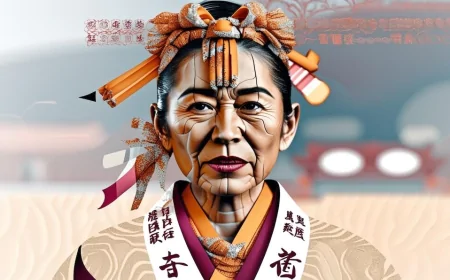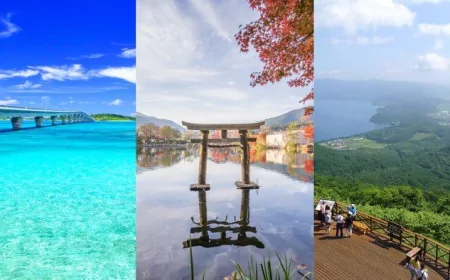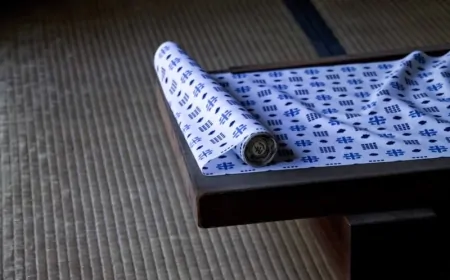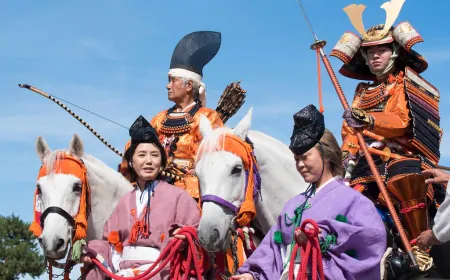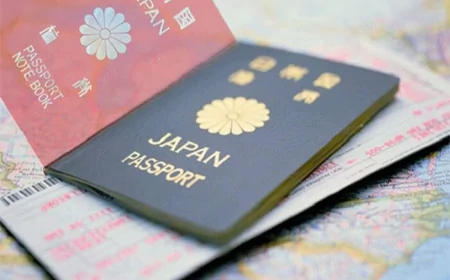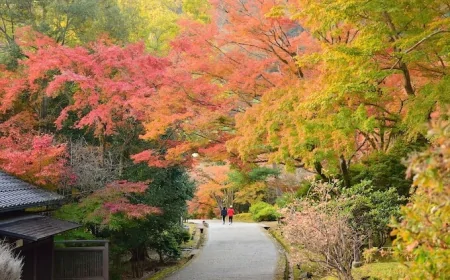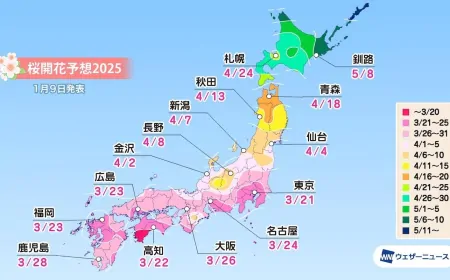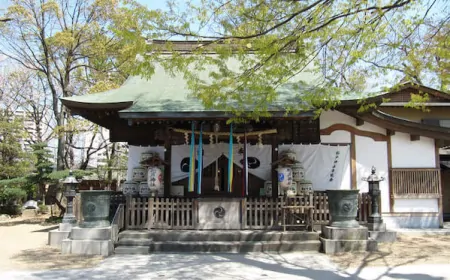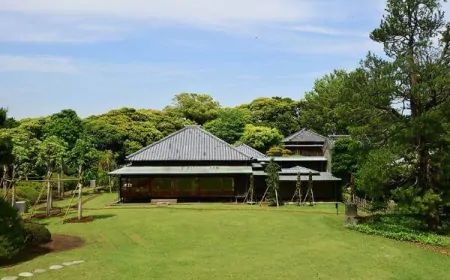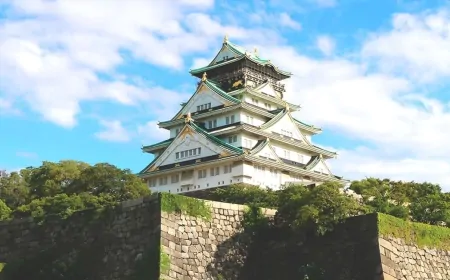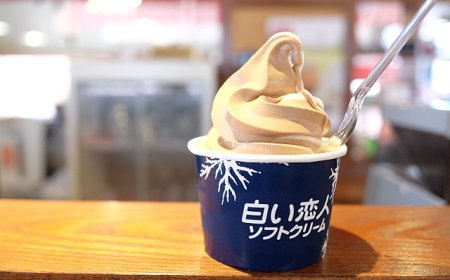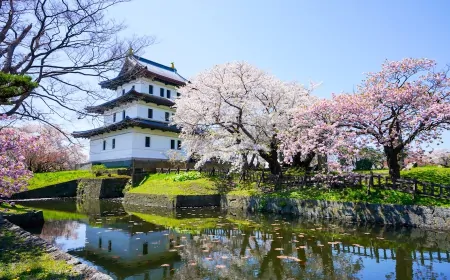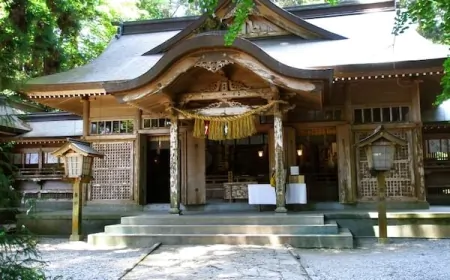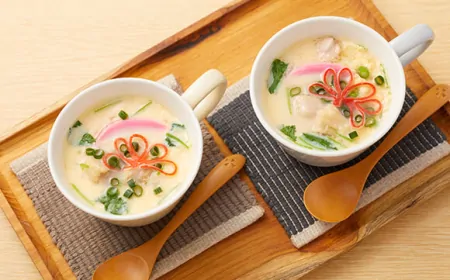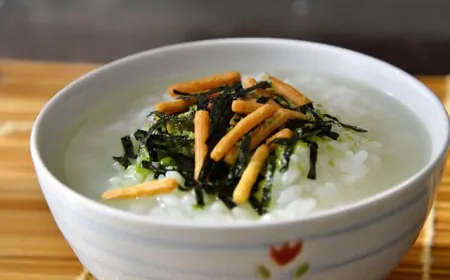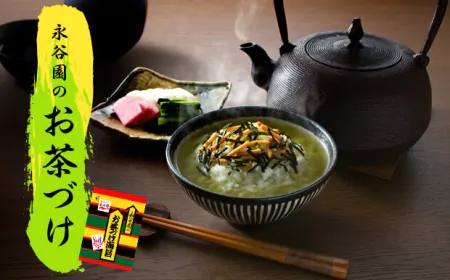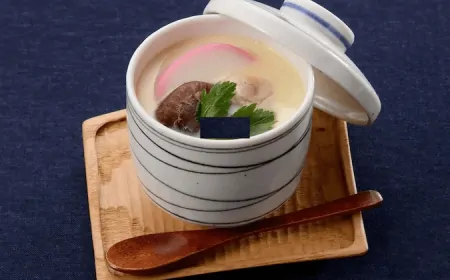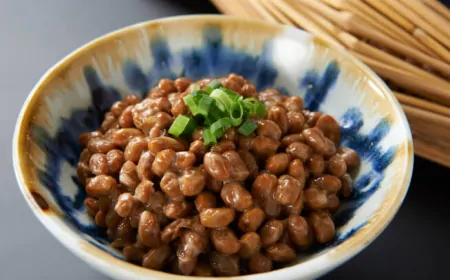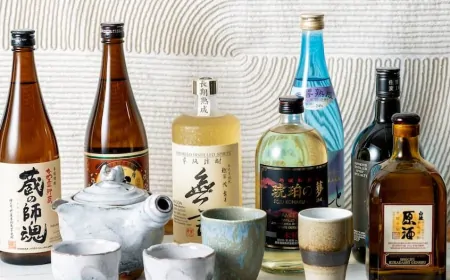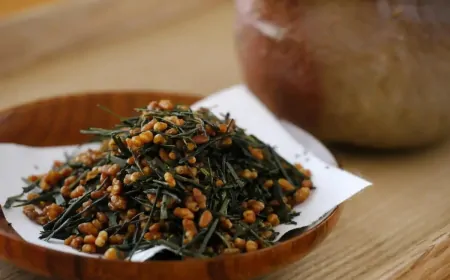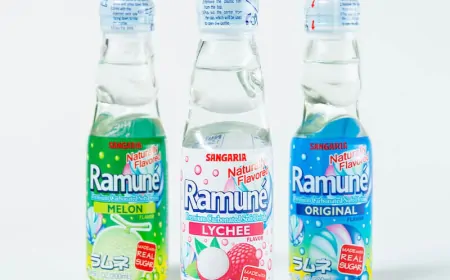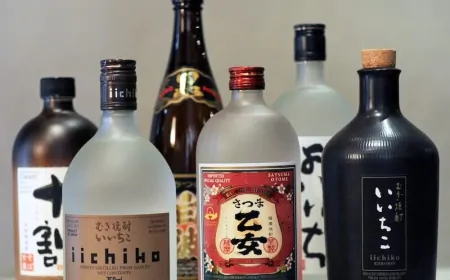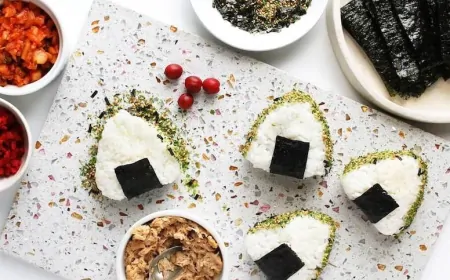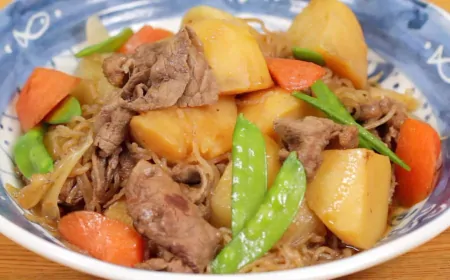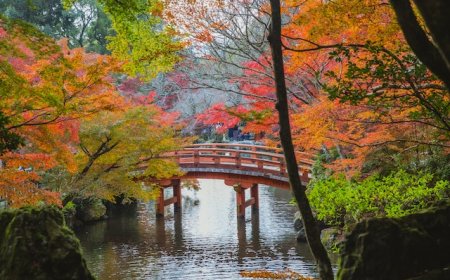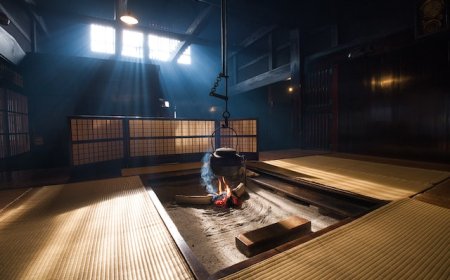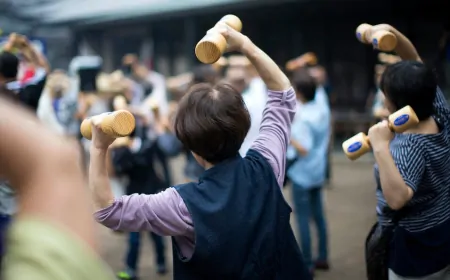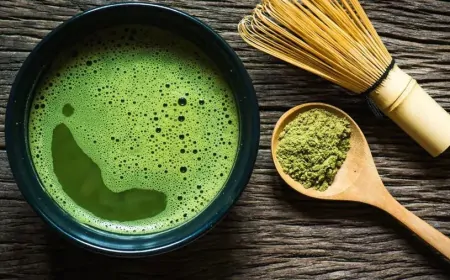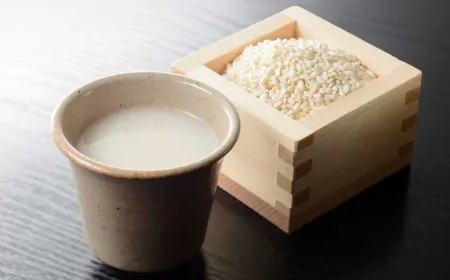Sake: Japan traditional rice wine
Sake is more than just a drink; it is a reflection of Japan's rich cultural heritage and meticulous craftsmanship. From understanding its historical roots to savoring its complex taste, sake invites you to discover a profound aspect of Japanese culture.
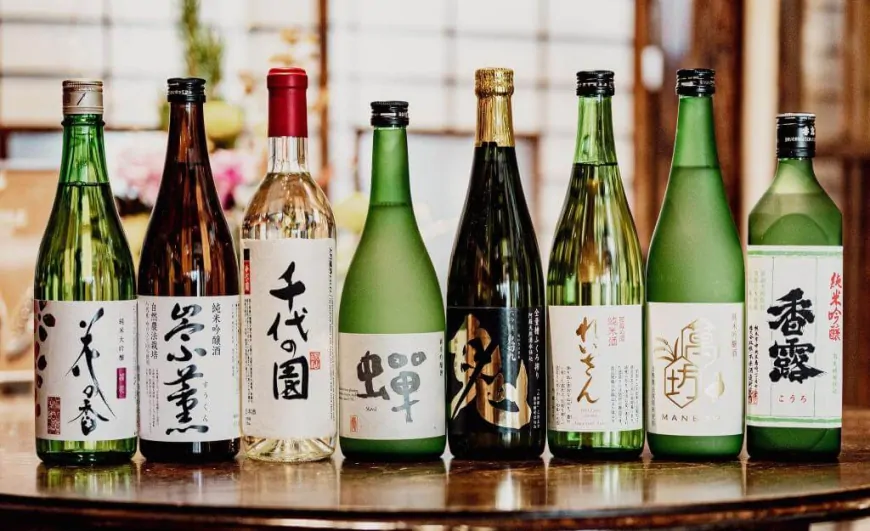
Sake, often referred to as Japanese rice wine, is a quintessential part of Japan’s culinary and cultural heritage. With a history spanning over a thousand years, sake has evolved into a complex and refined beverage, enjoyed both in Japan and around the world. This guide will take you on a journey through the origins, production process, and ways to enjoy this iconic drink.
The history of sake dates back to the Nara period (710-794 AD), though its exact origins are shrouded in mystery. Originally produced by temples and shrines for religious ceremonies, sake eventually became a staple in Japanese households and an essential part of various cultural rituals and celebrations. Over centuries, sake brewing techniques have been refined, leading to the diverse range of sake available today.
Sake is made from four primary ingredients: rice, water, yeast, and koji mold. The process begins with polishing the rice to remove the outer layers, which affects the flavor and quality of the final product. The polished rice is then washed, soaked, steamed, and mixed with koji mold to convert the starches into fermentable sugars. This mixture is combined with yeast and water in a fermentation process that can last from several weeks to months, depending on the type of sake being produced. After fermentation, the sake is pressed, filtered, and often pasteurized before being bottled.
There are several main types of sake, each with its unique characteristics:
- Junmai: Made with only rice, water, yeast, and koji, without any added alcohol.
- Honjozo: Contains a small amount of distilled alcohol, added to enhance flavor and aroma.
- Ginjo: Brewed with rice polished to at least 60%, resulting in a fragrant and delicate flavor.
- Daiginjo: A premium sake with rice polished to at least 50%, known for its complex and refined taste.
- Nigori: Unfiltered sake that is cloudy in appearance and has a sweeter, creamier flavor.
Sake can be enjoyed in various ways, depending on the type and personal preference. It is traditionally served in small cups called ochoko or from a tokkuri (a ceramic flask). Sake can be enjoyed chilled, at room temperature, or warm, with each serving temperature highlighting different flavor profiles. Pairing sake with food is an art, with different types complementing various dishes, from sushi and sashimi to grilled meats and rich desserts.
For those looking to delve deeper into the world of sake, Japan offers numerous opportunities for sake tasting and brewery tours. Regions such as Niigata, Hiroshima, and Fushimi in Kyoto are renowned for their sake production and offer tours that provide insight into the traditional brewing process, along with tastings of their finest sakes.
Sake festivals, such as the annual Sake Spring event in Kyoto, also offer a chance to sample a wide variety of sakes from different regions.
Related Products


![【ふるさと納税】スーツケース [PROEVO-AVANT] フロントオー...](https://thumbnail.image.rakuten.co.jp/@0_mall/f405221-oki/cabinet/07205886/ay_sku/ay-s0005_00_v2.jpg?_ex=128x128)






